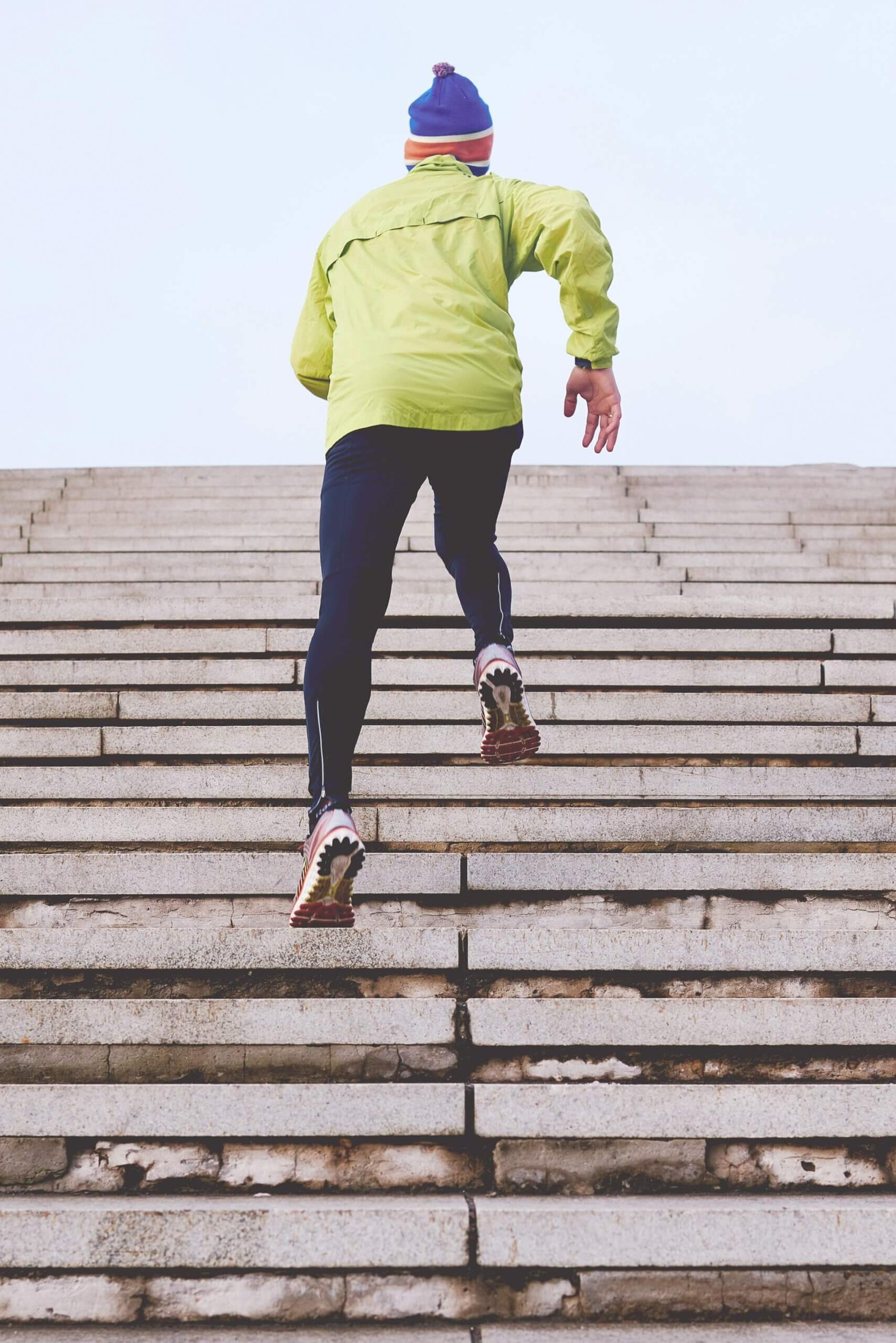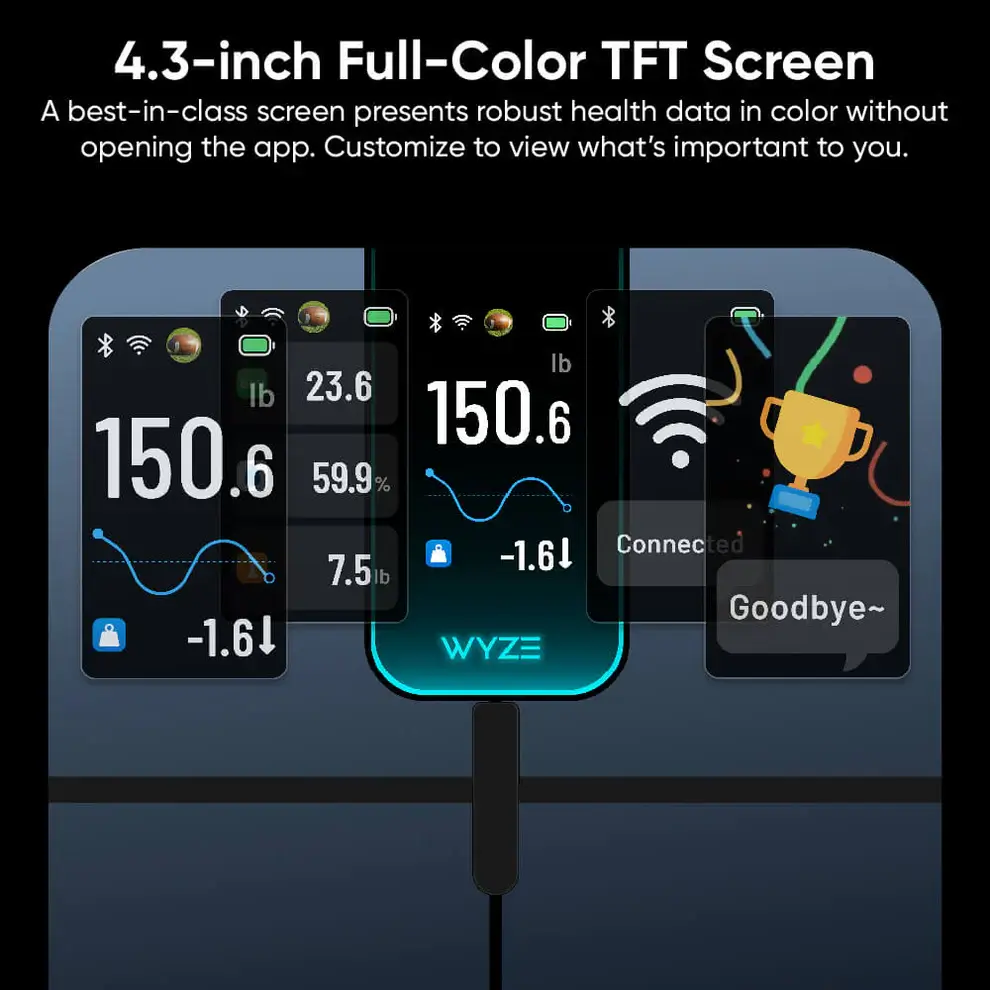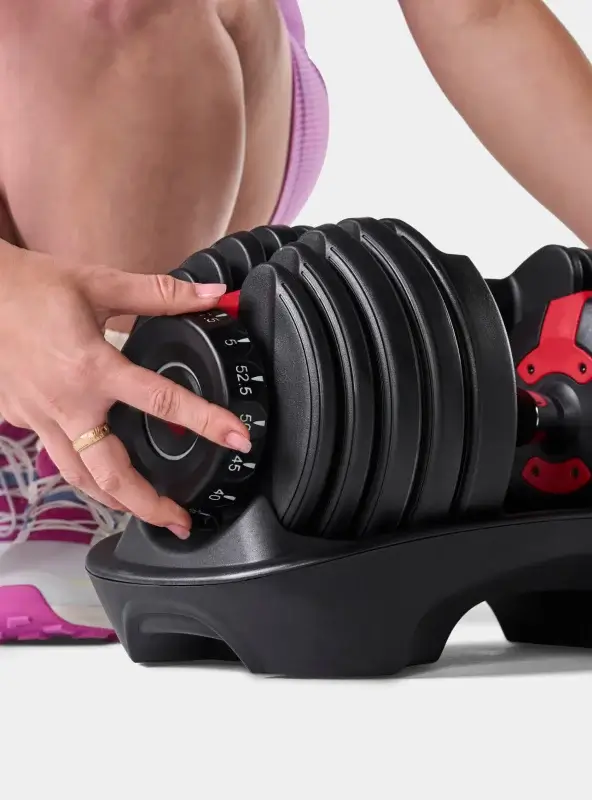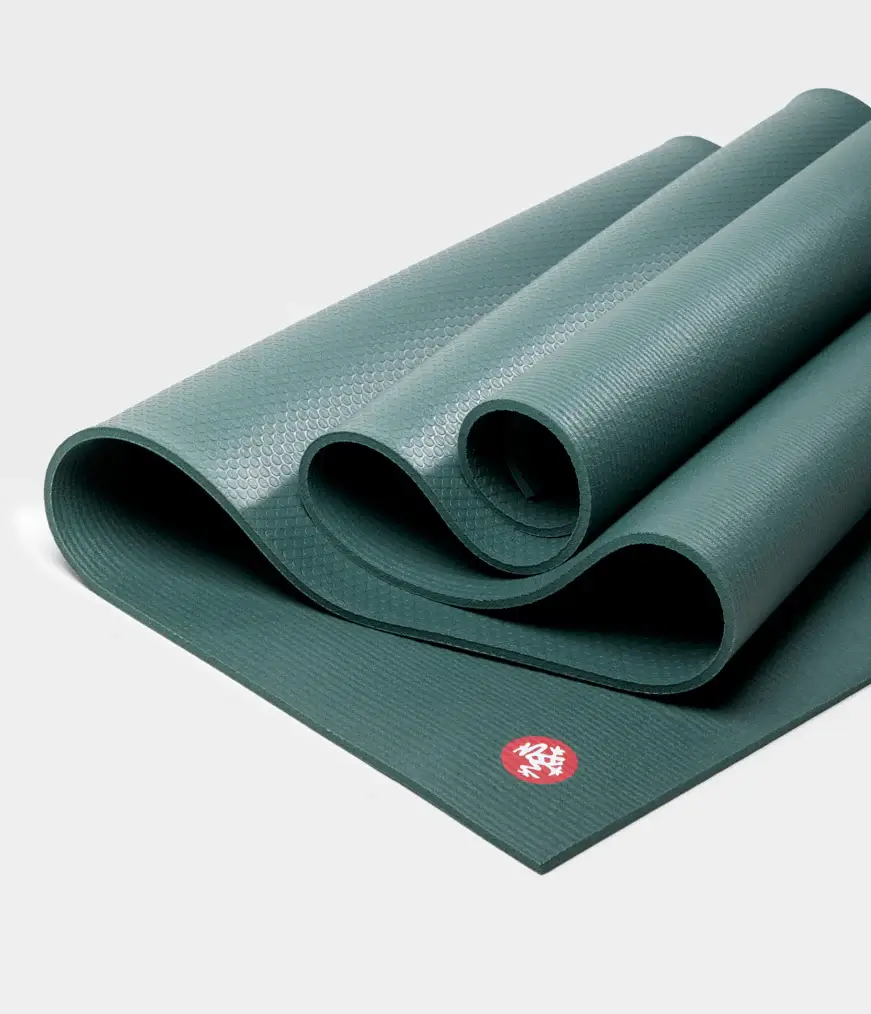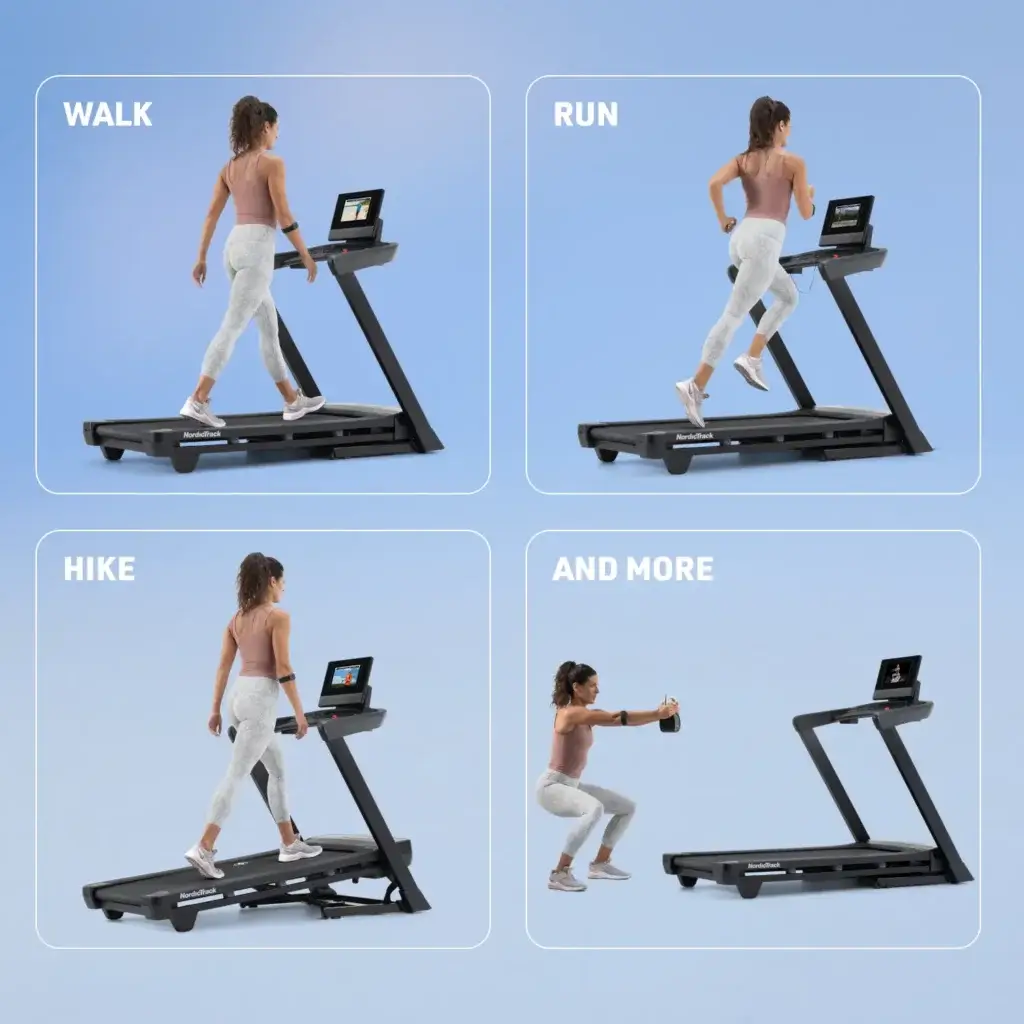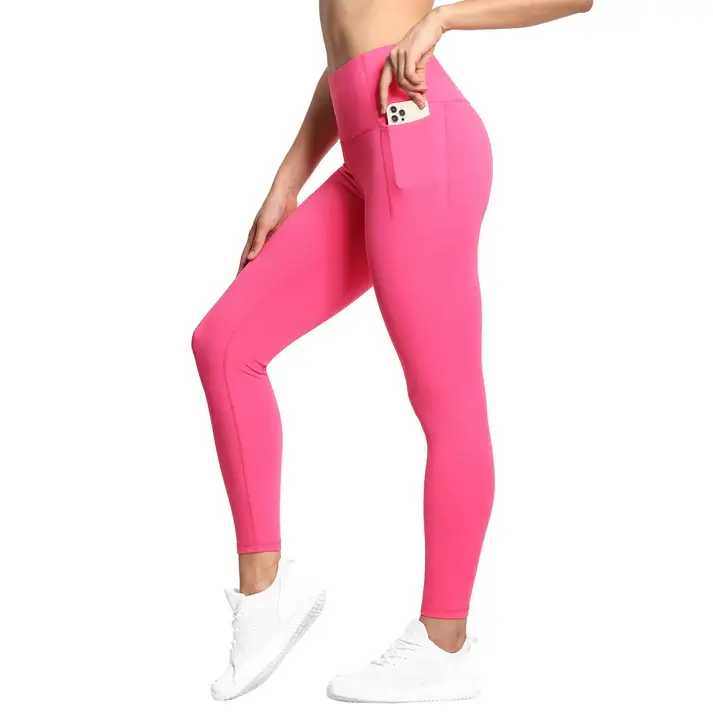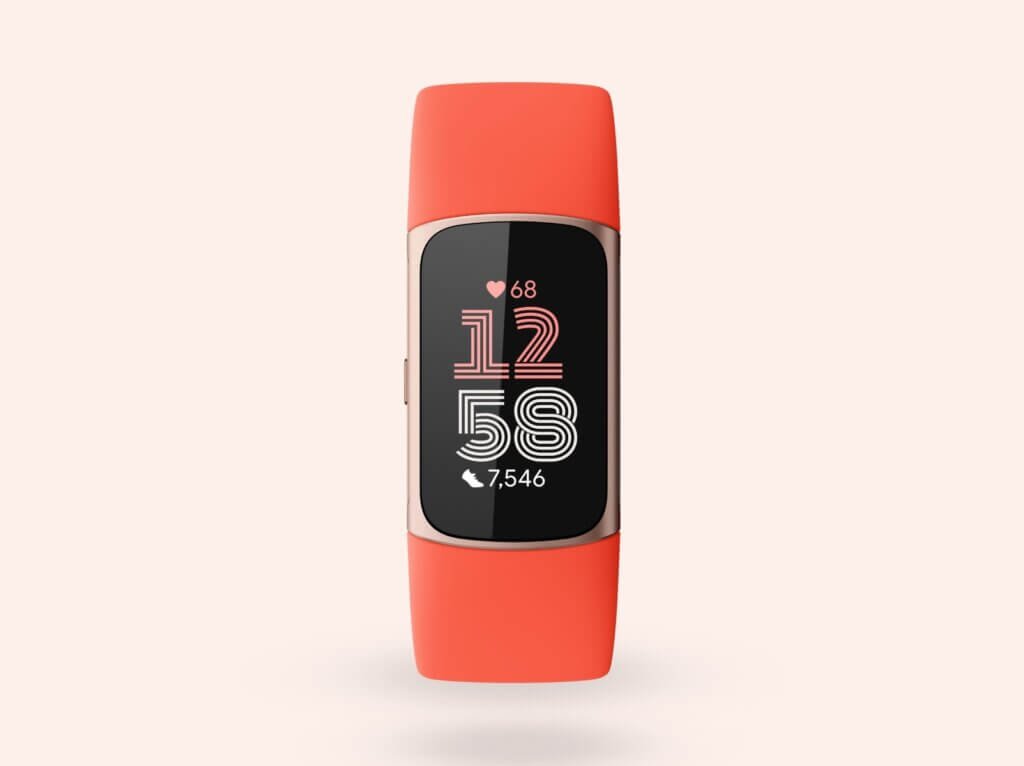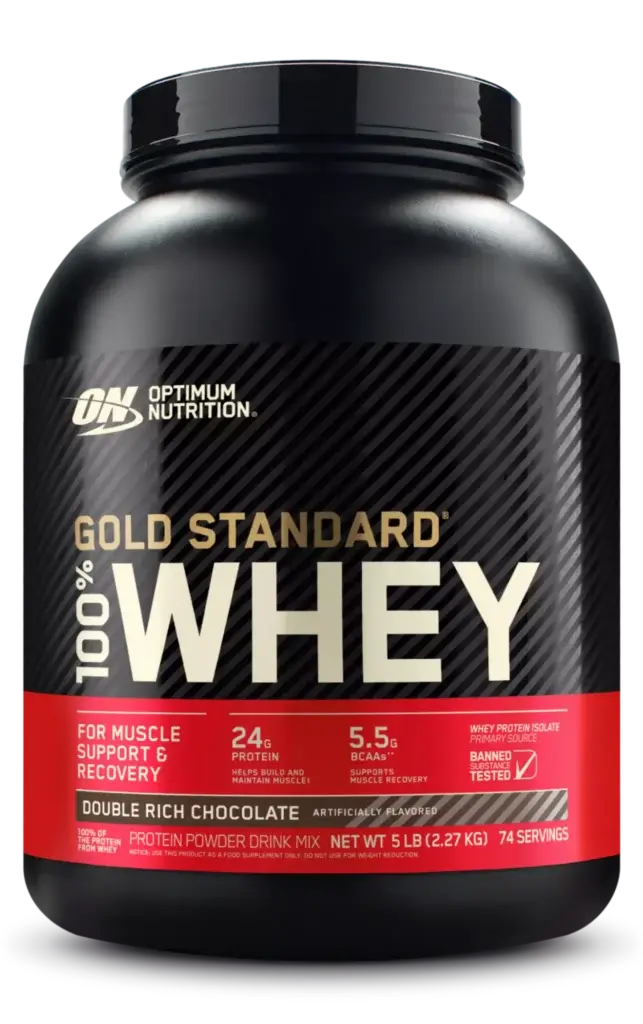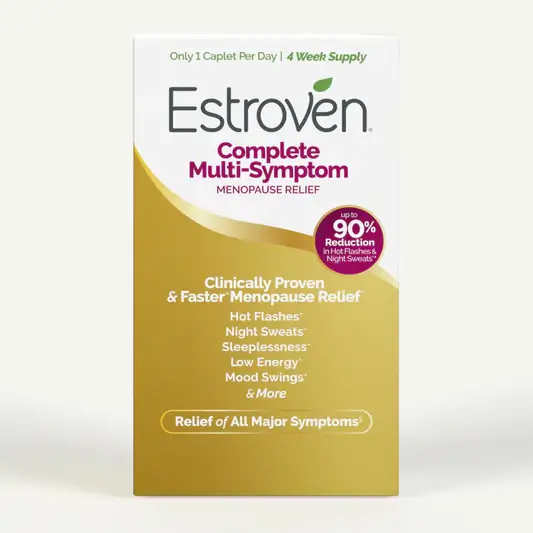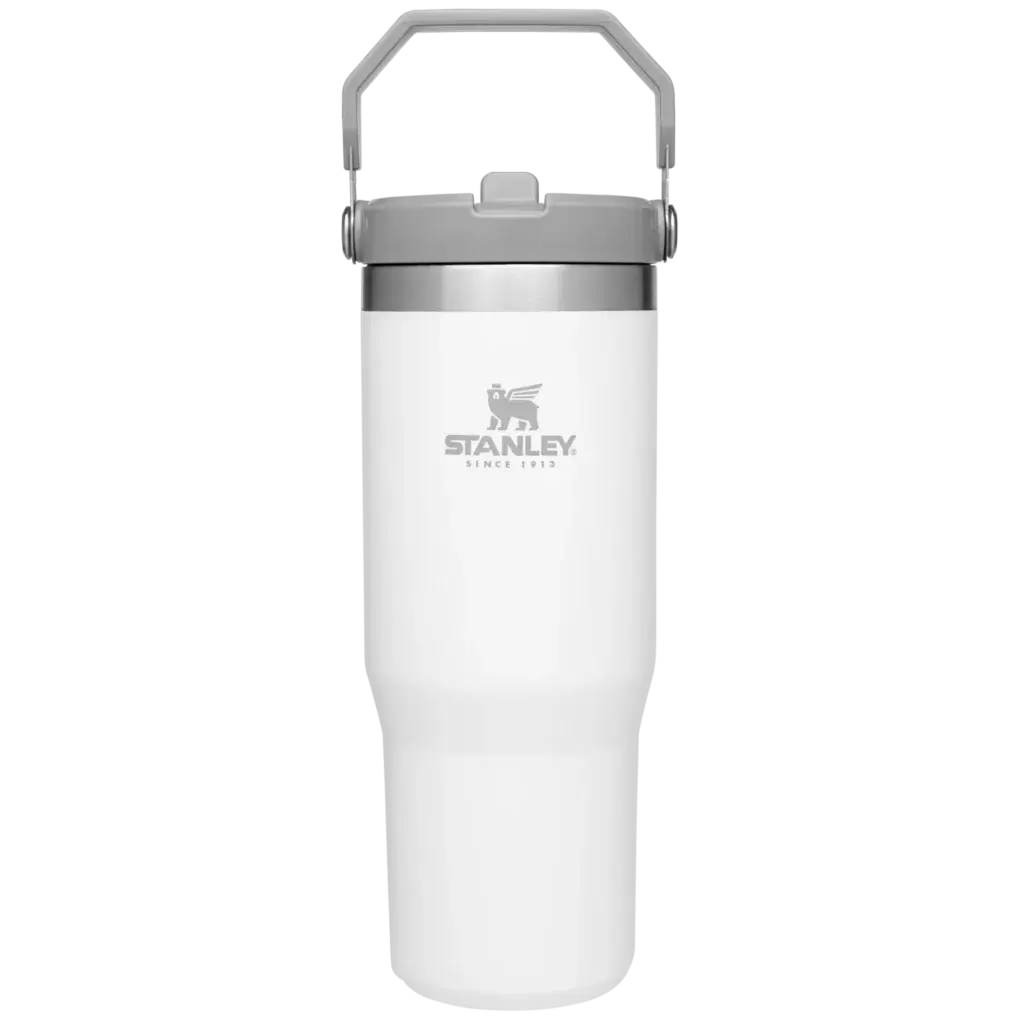Finding the perfect gift for a teenager can be a delightful yet challenging experience, especially when considering the best gifts for teen girls. With their ever-evolving tastes and interests, selecting gifts for teens that resonate with their unique personalities...
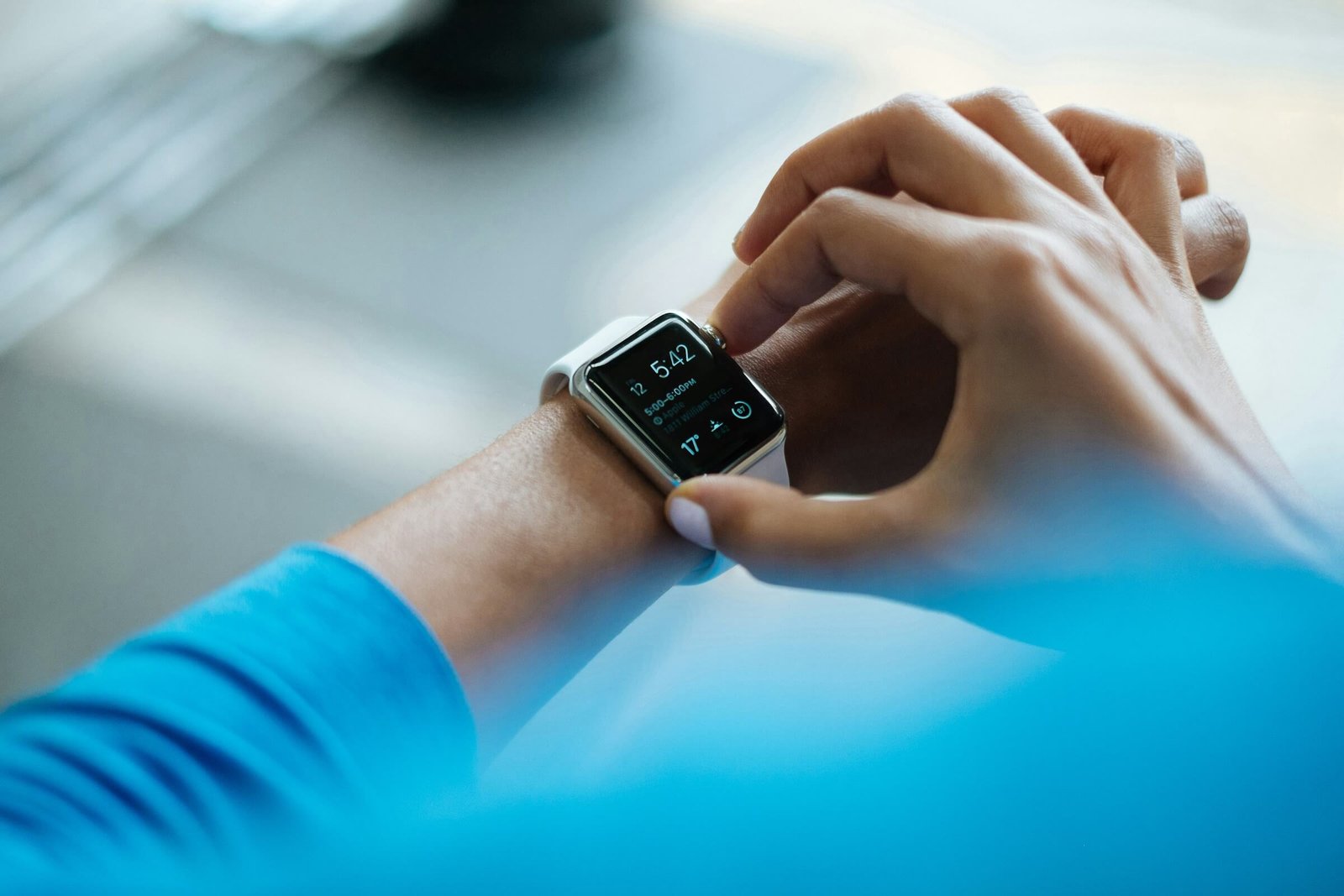
Best Fitness Essentials -Trackers, Apps, and Gear
Best Fitness Essentials: Trackers, Apps, and Gear Reviewed
Choosing the right fitness gear is like picking a partner for your health journey. I’ve explored countless options, from smartwatches that monitor heartbeats to apps that plan your workouts. It’s crucial to have a certified personal trainer in your corner or an app that guides you. For outdoor enthusiasts, gear with long battery life and water resistance is a game-changer. Imagine not worrying about your tracker dying mid-hike or getting damaged in the rain. And for those who love to swim, devices rated for 5 atm mean you can dive into the pool without hesitation.
What’s more, today’s fitness gadgets cater to everyone. With features like tracking menstrual cycles on an AMOLED touchscreen or keeping up with your daily steps on an OLED touchscreen, there’s something for every need. It’s about finding what fits your lifestyle, adding comfort, and making your health goals more attainable. Whether you’re just starting or you’re a seasoned athlete, the right tracker and app combo can elevate your fitness journey.
Unveiling Top Fitness Trackers for Your Health Goals
When it comes to health tracking, the Apple Watch Ultra stands out, especially for apple users. It’s not just about checking the time; it’s about understanding your body. From monitoring sleep stages to keeping an eye on your heart rate, these gadgets are game-changers. Plus, they come with impressive battery life, ensuring you’re covered throughout your busiest days.
Garmin Venu 3 – The Ultimate All-Rounder
Imagine having a yoga studio on your wrist. That’s the Garmin Venu 3 for you. It’s designed to support every aspect of your wellness journey, making it a top pick for those who enjoy variety in their workouts.
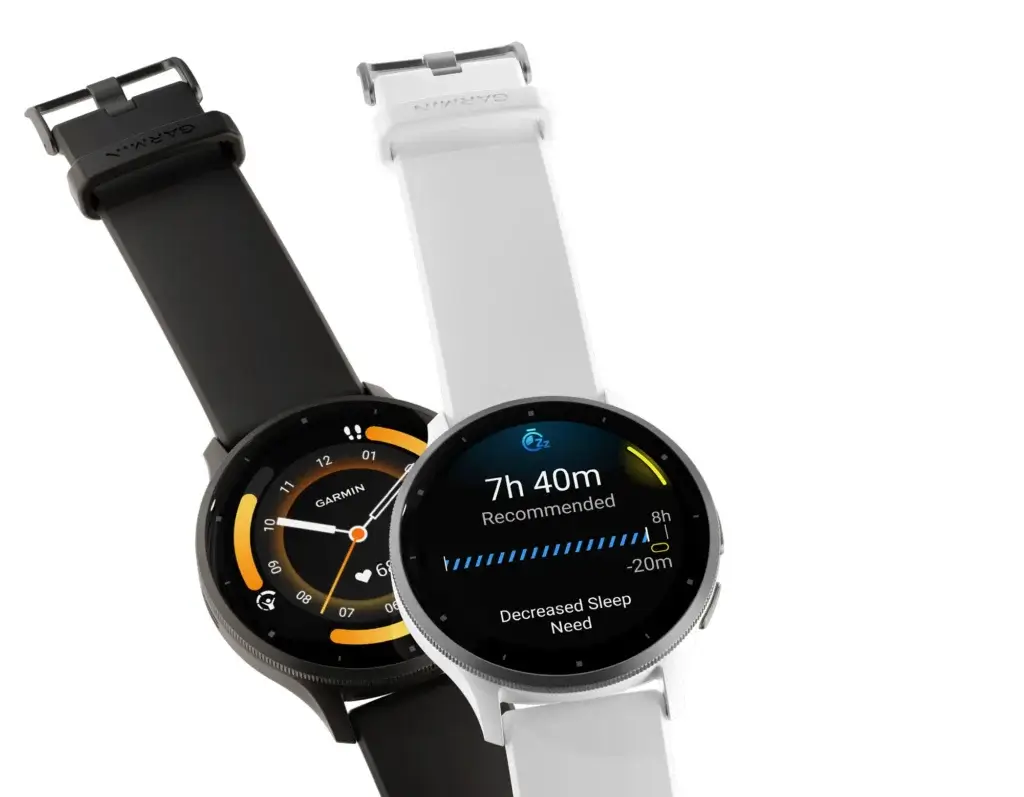
Pros
The Garmin Venu 3 shines with its comprehensive health metrics and built-in sports apps, perfect for tracking progress. Its battery life is admirable, lasting days on a single charge, and its crystal-clear AMOLED touchscreen makes viewing your stats under the sun a breeze. Plus, it’s water-resistant, making it ideal for swimmers and triathletes.
Cons
However, it’s not without its flaws. The Garmin Venu 3 can be on the pricier side, which might deter budget-conscious fitness enthusiasts. Some users might find the array of features overwhelming, especially if they’re new to fitness trackers. Additionally, while it offers GPS tracking, the accuracy in dense urban areas can sometimes falter.
Fitbit Charge 6 – Perfect for Beginners
For those just starting their fitness journey, the Fitbit Charge 6 offers simplicity and effectiveness. It’s like having a fitness coach on your wrist.
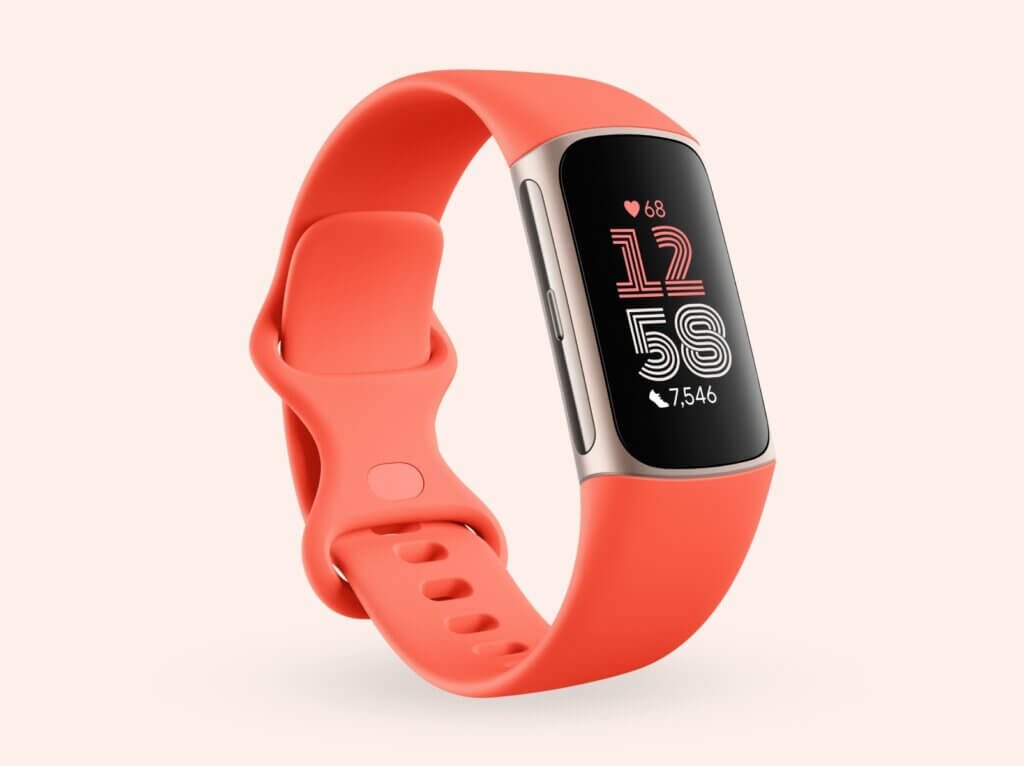
Pros
The Fitbit Charge 6 excels with its user-friendly interface and robust health tracking features, including heart rate monitoring and sleep analysis. It’s lightweight, making it comfortable to wear all day and night. The addition of menstrual cycle tracking is a thoughtful touch, catering specifically to women’s health.
Cons
On the downside, the Fitbit Charge 6’s screen might feel cramped to some users, making it challenging to navigate through the stats. While it’s more affordable than some high-end models, its battery life doesn’t compare, requiring more frequent charges. Also, the lack of built-in GPS means you’ll need your phone nearby to track your runs accurately.
Apple Watch Series 9 – Ideal for Apple Users
For those deeply invested in the Apple ecosystem, the Apple Watch Series 9 offers seamless integration with your devices, making workout tracking a breeze.
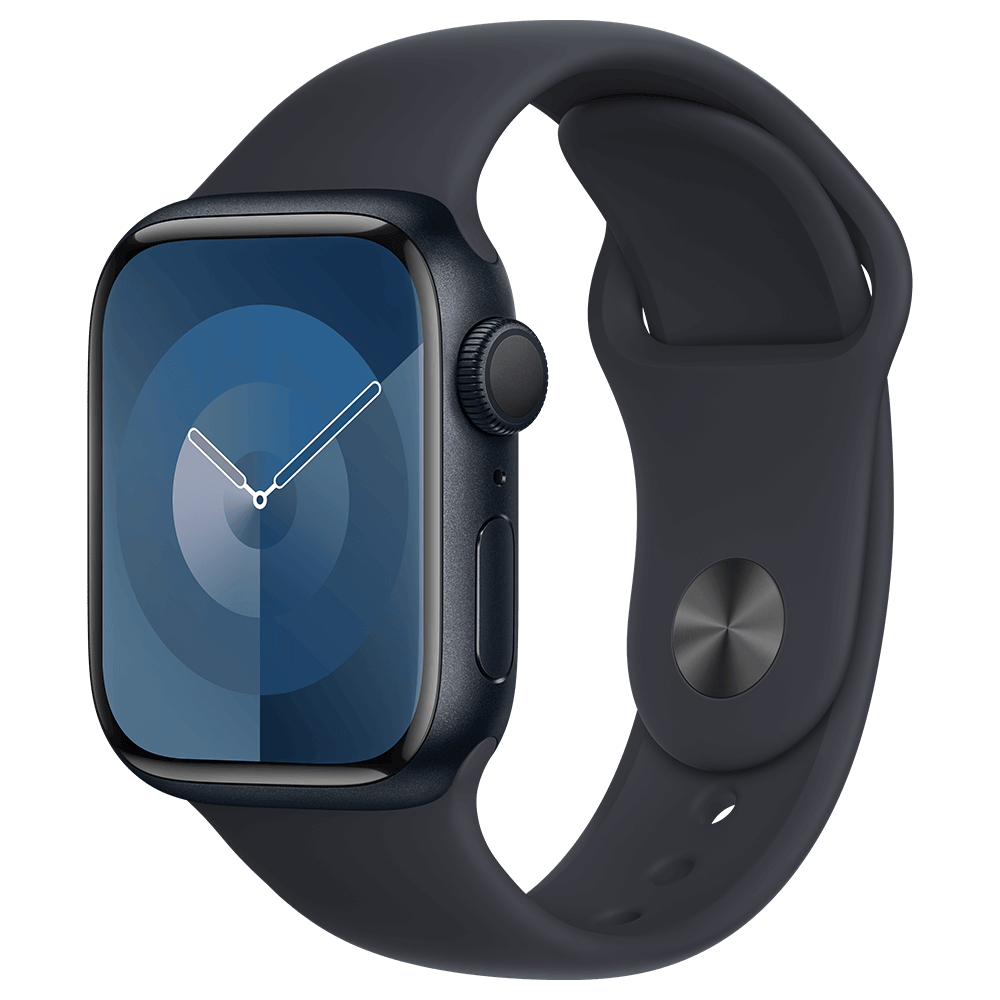
Pros
The Apple Watch Series 9 is a powerhouse for health and fitness, offering detailed workout tracking, heart rate monitoring, and an impressive battery life. It’s a mini-computer on your wrist, allowing you to stay connected without your phone. The health insights are deep, providing personalized recommendations to improve your wellbeing.
Cons
However, the Apple Watch Series 9 comes with a high price tag, which might be a hurdle for some. It’s also primarily geared towards iPhone users, limiting its appeal to those outside the Apple ecosystem. Additionally, while the battery life is good, it still requires daily charging with heavy use, which can be inconvenient.
Garmin Forerunner 265 – A Runner’s Dream
The Garmin Forerunner 265 is like a dream for runners, offering specialized features to enhance every jog, sprint, or marathon.
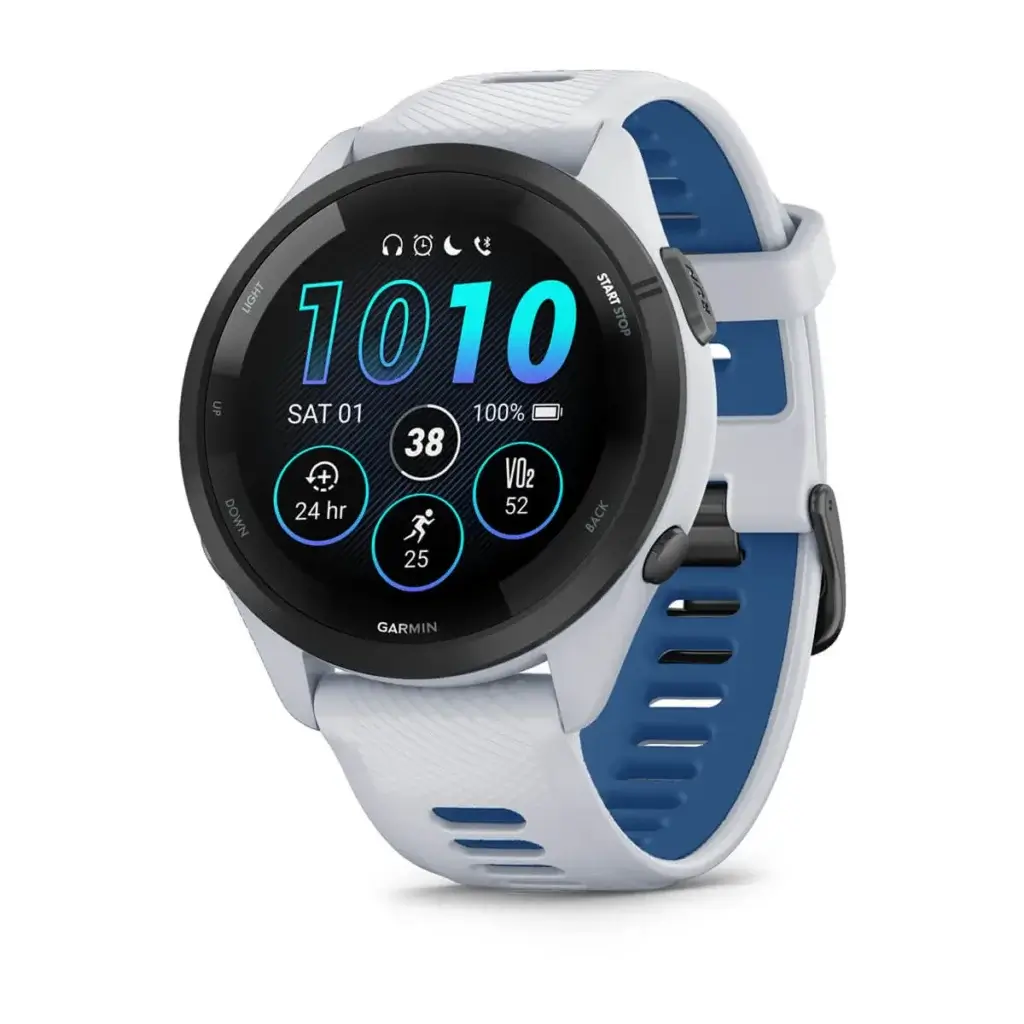
Pros
This device stands out with its advanced running dynamics, long battery life, and detailed mapping features. It’s designed for serious athletes, providing insights into performance metrics that help improve running form and endurance. The comfortable design means you’ll barely notice it on long runs.
Cons
Despite its benefits, the Garmin Forerunner 265 may be overkill for casual runners or fitness enthusiasts who don’t focus solely on running. Its advanced features come with a learning curve, and the price reflects its high-end capabilities, which might not suit everyone’s budget. Also, its focus on running means it might lack some versatility found in other all-rounder fitness trackers.
Amazfit Bip 3 Pro – Best Budget Pick
The Amazfit Bip 3 Pro offers an affordable entry into the world of fitness tracking without skimping on essential features.
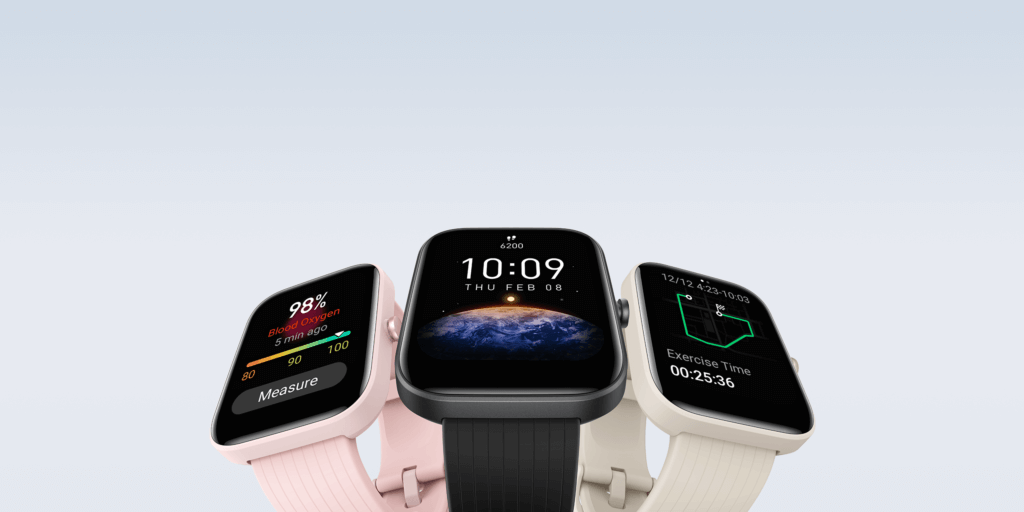
Pros
One great thing about fitness trackers is how they keep an eye on your heart rate while you’re moving or resting. It’s like having a tiny coach on your wrist that reminds you to stay active and get enough sleep. Plus, they’re really stylish nowadays, so you can match them with your outfit!
Cons
However, sometimes these gadgets can be a bit pricey, and figuring out how to use all their features can feel overwhelming. Also, if you’re someone who loves swimming or rugged outdoor activities, you have to make sure your tracker is waterproof and tough enough to keep up with you.
Dive Into the Best Fitness Apps of the Year
Exploring the top fitness apps this year, you’ll find amazing tools to help you stay motivated, track your progress, and find workouts that fit your lifestyle perfectly.
Nike Training Club – Commitment to Long-Term Fitness
Nike Training Club is like having a personal trainer in your pocket. It offers a wide range of workouts for all fitness levels. Whether you’re just starting out or you’re looking to challenge yourself, there’s something for everyone. Plus, tracking your progress is super easy, which helps you stay committed to your fitness journey.
Peloton: Fitness & Workouts – High Energy Instructors
Peloton is not just about cycling; it’s a full fitness experience with high-energy instructors who make every workout fun and motivating. The variety of classes available means you can always find something new to try, keeping your fitness routine fresh and exciting.
Aaptiv – Best for Screenless Workouts
Aaptiv is perfect if you prefer to focus on your workouts without staring at a screen. With audio-guided sessions, you can close your eyes and really dive into your workout, whether it’s running, strength training, or yoga. It’s like having a coach right there with you, pushing you to do your best.
Apple Fitness+ – Family Sharing Favorite
For Apple users, Apple Fitness+ is a game-changer. Not only does it offer a wide range of workouts suitable for all levels, but with family sharing, everyone in your household can join in on the fun. It’s a great way to encourage each other and stay healthy together.
Strava – Top Choice for Tracking Runs and Bikes
Strava is the go-to app for tracking your runs and bike rides. It’s fantastic for setting goals and seeing your progress over time. Plus, it connects you with a community of athletes, which can be really motivating. Whether you’re into outdoor walks or serious cycling, Strava helps you push your limits.
Expert Guide on Choosing Your Fitness Tracker
When picking a fitness tracker, think about what’s important to you, like battery life or heart rate tracking. It’s also smart to choose one that fits well with the gadgets you already own.
Evaluating Your Fitness Goals
Before you buy a fitness tracker, it’s crucial to think about your goals. Do you want to track your sleep, monitor your heart rate, or see how many steps you take? Knowing what you want to achieve can help you find the perfect gadget for your fitness journey.
Compatibility with Your Devices
It’s important to make sure the fitness tracker you’re eyeing works well with your phone or other devices. This makes it easier to see your progress and use all the cool features your tracker offers without any hassle.
Budget Considerations
While it’s tempting to go for the fanciest fitness tracker out there, it’s smart to think about how much you want to spend. There are plenty of affordable options that do a great job of tracking your activity and keeping you motivated.
Battery Life Matters
Who wants to charge their fitness tracker every day? Not me! That’s why battery life is a big deal. A good tracker should last several days on a single charge, so you can focus on your workouts instead of worrying about your gadget dying.
Design and Comfort
The best fitness tracker is the one you’re happy to wear all day. Look for something with a comfortable silicone band and a design that matches your personal style. If it’s got GPS tracking, that’s a bonus for mapping your runs and hikes!
The Advantages of Integrating Fitness Apps
Using fitness apps can really boost your workout routine by keeping things fresh and interesting. They’re great tools for tracking your progress and staying motivated.
Personalizing Your Workout Plans
When I talk about making your workout plan just for you, it’s like having a favorite playlist that pumps you up every time. Whether you love strength training, need to lower stress levels, or enjoy outdoor walks, there’s a plan that fits just right. Imagine exercises that you not only look forward to but also ones that meet your goals head-on. It’s all about what makes you feel good and gets you one step closer to where you want to be.
Access to Professional Guidance
Think of having a certified personal trainer in your pocket. That’s what these fitness apps offer. They guide you through each step, correcting your form and cheering you on. It’s like having a gym buddy who’s always there, ready to push you a bit further. They’re experts who know the ropes, and they bring all that knowledge straight to you, making sure you’re on the right path to your fitness goals.
Tracking Your Progress
Watching your progress is super motivating! It’s like a game where each level up is your next fitness milestone. These apps and devices track everything from the calories you burn during strength training to how your stress levels go down with regular outdoor walks. Seeing these numbers change over time keeps you going, showing you that yes, all your hard work is really paying off.
Community Support
Ever felt alone on your fitness journey? Well, with these apps, you won’t anymore. There’s a whole community waiting to support you, celebrate your wins, and pick you up on tough days. It’s like having a team of cheerleaders who are always there, no matter what. Sharing tips, experiences, and even challenges makes the journey so much more fun and less of a solo ride.
Frequently Asked Questions (FAQs)
So, you’ve got questions? Let’s tackle some common ones. Like, which fitness tracker nails it in accuracy or can these gadgets really make your workouts more effective? And oh, the big debate: Apple Watch or Fitbit for keeping an eye on your heart rate? Don’t worry, I’ve dug deep, compared notes, and got the scoop on how to make these tools work best for you. Let’s dive into those answers and get you moving with confidence.
Which Fitness Tracker Is Most Accurate?
In the quest for the most accurate fitness tracker, it’s a tight race, but the Garmin Venu 3 shines bright. I’ve assessed each tracker, comparing their readings on heart rate zones, calorie burn, and even average heart rate during my tests. The Venu 3 consistently delivers precise data, making it a trusted companion for those who live by the numbers.
Can Fitness Trackers Improve Workout Efficiency?
Absolutely! Think of your fitness tracker as your personal coach, keeping an eye on your goals and progress. It’s not just about counting steps; it’s about understanding your body’s responses. By tracking your performance over a series of workouts, you learn what works best for you, which in turn makes each session more effective. Plus, seeing your achievements in real-time is a huge boost to keep pushing forward.
Apple Watch vs. Fitbit: Which Is Better for Heart Rate Tracking?
When it comes to heart rate tracking, it’s a close call between the Apple Watch Series 9 and various Fitbit models. Both are excellent, but the Apple Watch edges out slightly in terms of providing more consistent heart rate readings across a variety of activities. Its heart rate sensor is finely tuned for accurate heart rate zones and calorie burn, especially during intense series of workouts. Yet, Fitbit also offers robust tracking and insights, making it a worthy contender.
Maximizing Your Fitness Tracker’s Potential
Getting the most out of your fitness tracker isn’t rocket science; it’s about smartly using its features. Whether it’s tracking outdoor runs with Garmin Connect or monitoring calories burned, these gadgets are gold mines of info. Even the sleek Lily 2 is more than its looks, offering deep insights into your fitness journey. The key? Dive into the data, understand the metrics, and use them to fine-tune your routines for better results.
Syncing with Third-Party Apps
Pairing your fitness tracker with third-party apps is like unlocking a treasure chest of features. Imagine combining the detailed activity tracking of your device with the expansive workout libraries and nutritional guidance of top fitness apps. This synergy not only enriches your workout experience but also tailors it to fit your unique needs and goals, making every sweat session count even more.
Understanding the Data
Interpreting the data from your fitness tracker can transform your approach to workouts. It’s not just about the numbers; it’s what they tell you about your body’s response to exercise, rest, and daily activities. This insight allows you to adjust your routines for maximum efficiency, ensuring you’re not just working hard but also working smart towards your fitness aspirations.
Setting Realistic Goals
Setting goals that are ambitious yet achievable is crucial for staying motivated. Your fitness tracker is a powerful ally in this, helping you to establish benchmarks that are tailored to your current fitness level while pushing you towards new heights. It’s about striking the right balance between challenging yourself and recognizing the progress you’re making, step by step.
Safety Tips for Fitness Enthusiasts
As we chase our fitness goals, let’s not forget about safety. This includes everything from wearing gear that’s comfortable to ensuring our devices, like fitness trackers, have enough battery life for our adventures. It’s also about listening to our bodies to avoid overtraining and protecting our personal info when using fitness apps. Safety first makes the journey all the more rewarding.
Protecting Your Privacy and Security
In the digital age, keeping our personal information safe while using fitness apps is paramount. It’s about being mindful of the permissions we grant and understanding how our data is used. With a little vigilance, we can enjoy all the benefits these apps offer without compromising our privacy, ensuring our fitness journey remains our own.
Avoiding Overtraining
While pushing limits is part of the game, knowing when to take a step back is key to long-term progress. Overtraining can stall your gains and put your health at risk. Listening to your body, incorporating rest days, and keeping an eye on your stress levels and sleep quality with your fitness tracker can help you maintain a healthy balance, ensuring you’re fit not just for the moment but for life.
Elevating Your Fitness Journey
Getting fit is more than just working out; it’s about caring for your whole self. That means eating the right foods and giving your body time to rest. It’s like putting together a puzzle. Each piece is important for seeing the big picture of health. And remember, taking care of yourself is a way to show love to yourself.
The Role of Nutritional Guidance
Nutritional guidance is a game-changer in reaching fitness goals. Imagine your body as a high-performance car. Just like that car needs the right fuel to run smoothly, your body needs healthy foods to perform at its best. Eating a balanced diet helps with energy levels and keeps those muscles strong. And the best part? You don’t have to figure it out alone. Certified personal trainers often know a lot about nutrition and can give great advice.
The Importance of Rest and Recovery
Rest and recovery are like the secret ingredients in your fitness recipe. When you rest, your muscles heal and get stronger. That’s why even the most enthusiastic fitness enthusiasts take days off. It’s not just about getting enough sleep at night, though that’s super important. It’s also about listening to your body. If you’re feeling tired or sore, it might be time to take a break. Your body will thank you for it.
The Future of Fitness: Trends to Watch
The world of fitness is always changing, and there are some exciting trends on the horizon. Smart gym equipment and virtual reality workouts are becoming more popular. This means you can have a gym experience right at home. Imagine running through the streets of Paris or hiking in the mountains without ever leaving your living room. These trends make fitness fun and accessible for everyone, no matter where you live.
The Rise of Smart Gym Equipment
Smart gym equipment is like having a personal trainer in your home. These machines give you feedback on your workout, help you track your progress, and even offer personalized advice. Whether it’s a treadmill that adjusts to your running style or a weight machine that tracks your lifts, this equipment is designed to make your workouts more effective. It’s all about making fitness smarter, not harder.
Virtual Reality Workouts
Virtual reality workouts are a total game-changer. Imagine putting on a headset and suddenly, you’re cycling through the Alps or practicing yoga on a beach at sunset. It’s a way to make workouts exciting and immersive. You’re not just exercising; you’re going on an adventure. This technology is making it easier for people to find the motivation to get moving, and I think it’s just the beginning.
Your Path to Best Fitness: A Conclusion
Finding your path to fitness is a personal journey. It’s about exploring different workouts, discovering what foods fuel your body best, and learning to listen to your body’s needs. Remember, fitness isn’t a one-size-fits-all thing. It’s about finding what works for you and embracing it. With the right tools and a balanced approach, anyone can achieve their fitness goals. So, here’s to taking that first step on your fitness journey. I believe in you!
Choosing the Right Tools for Success
Choosing the right tools is key to achieving your fitness goals. Think of fitness tech like a map that guides you on your journey. The best fitness trackers monitor your progress, helping you understand how close you are to your destination. But it’s not just about gadgets. Finding activities you love, whether it’s outdoor running, yoga classes, or training for a marathon, is just as important. Combine the right gear with activities that spark joy, and you’re on your way to success. Let us know what do think>
Embracing a Balanced Approach
Embracing a balanced approach to fitness means mixing things up. It’s about combining different types of workouts, like treadmill runs and outdoor adventures, with mindfulness practices like yoga. It’s also important to set daily goals that keep you motivated without pushing you toward burnout. Remember, taking care of your physical health is just one part of the equation. Your mental and emotional well-being are just as important. So, let’s celebrate every step of the journey, no matter how small.
Please note that as an Amazon Associate, we earn from qualifying purchases at no additional cost to you. That helps us maintain the website and staff.
Discover More Insights
Gift Ideas for Teens: Cool, Unique Presents
Quick & Easy Chicken Stir Fry Recipe
Master this quick & easy chicken stir fry recipe! Get our best stir fry sauce for a delicious, healthy dinner in under 30 minutes.
Best Classic Chicken Salad Recipe
Elevate your favorite chicken salad recipe! Discover the Best Classic Chicken Salad Recipe with shredded chicken & crisp celery for the perfect homemade sandwich.
Best No-Bake Eclair Cake Recipe with Chocolate Ganache
No bake eclair cake recipe – Creamy, chocolatey, and dangerously easy to make, this no-bake Eclair Cake stacks graham crackers, vanilla pudding, and whipped topping into a dessert
The Guide For Styling For Every Occasion
The Guide For Styling For Every Occasion – Unlock the secrets to effortless style with our tips on dressing for various occasions.
Embracing New Trends: A Comprehensive Overview
Unveil the secrets to staying ahead in the fashion world by embracing the latest trends that define your unique style. Explore how contemporary styles can transform your wardrobe and reflect your personal journey.Fashion is more than just clothing; it's a dynamic form...






